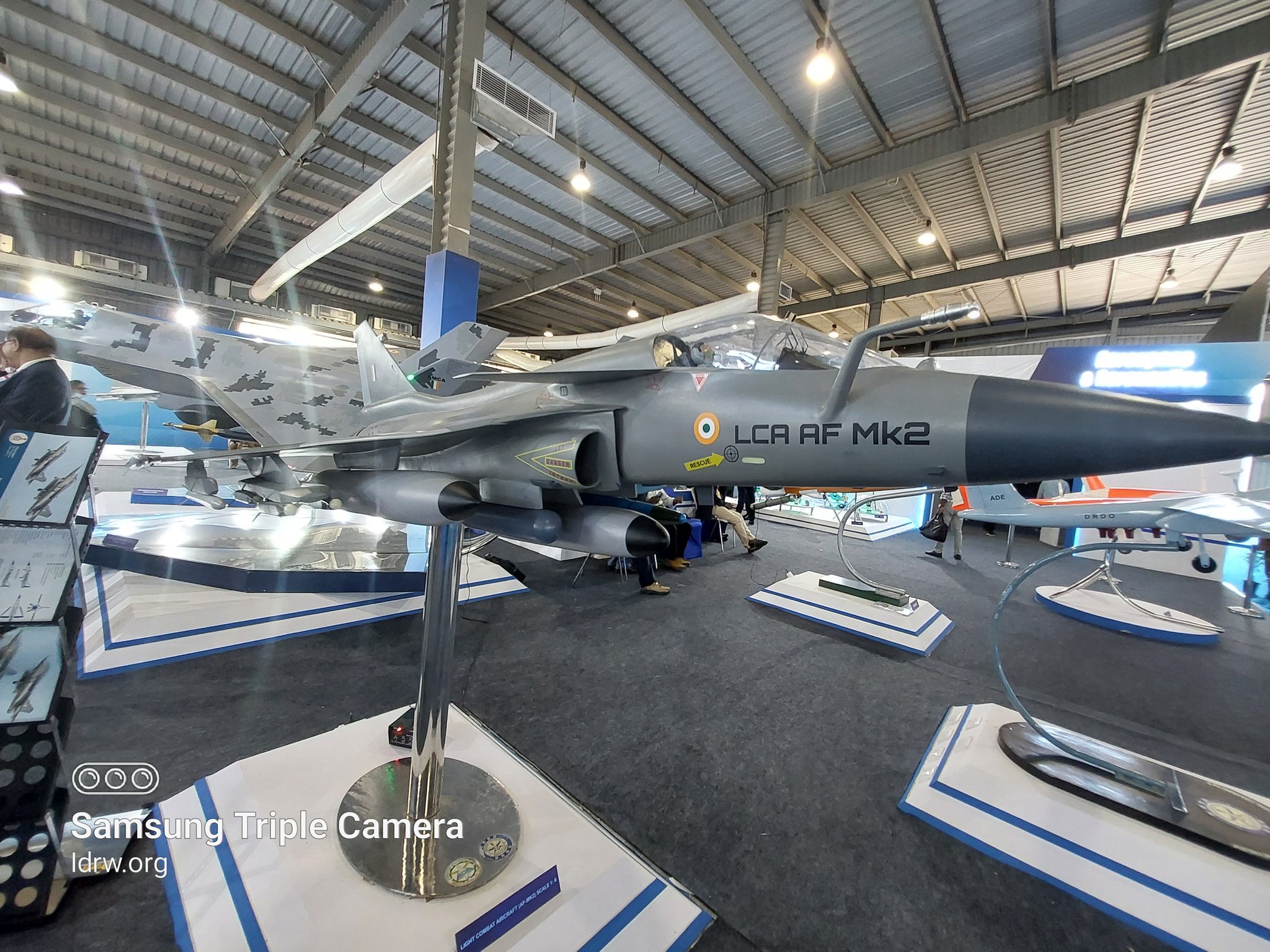SOURCE: AFI

The Indian government has introduced the Draft Indian Military Airworthiness Bill 2024, a significant step towards strengthening safety regulations and oversight of military aircraft operations within the country. This bill, expected to be presented in Parliament this year, has sparked discussions and debates among policymakers and aviation experts.
The detailed draft bill is readily available for public scrutiny on the Directorate General of Aeronautical Quality Assurance (DGAQA) website: https://dgaeroqa.gov.in/. This transparency allows for informed discussions and potential public participation in the legislative process.
The proposed legislation aims to address long-standing concerns regarding the airworthiness and safety protocols governing Indian military aircraft. By prioritizing safety measures and aligning with international standards, the bill seeks to establish robust guidelines and procedures for both defense establishments and aircraft manufacturers.
A key provision within the bill proposes the establishment of a specialized regulatory body, the Centre for Military Airworthiness & Certification (CEMILAC). This authority, already functional under the DRDO, will be formally empowered to oversee the airworthiness certification process for all military aircraft. CEMILAC’s responsibilities will encompass rigorous inspections, audits, and assessments to ensure compliance with established safety norms and technical specifications.
The bill acknowledges the crucial role of the DGAQA, which functions under the Ministry of Defence. This existing organization will continue to collaborate with CEMILAC in achieving the shared objective of enhanced military airworthiness.
The Draft Indian Military Airworthiness Bill 2024 marks a promising step towards a more robust safety framework for Indian military aviation. As the bill progresses through Parliament, open discussions and careful consideration will be essential to ensure its effectiveness in safeguarding the lives of pilots and crew members.